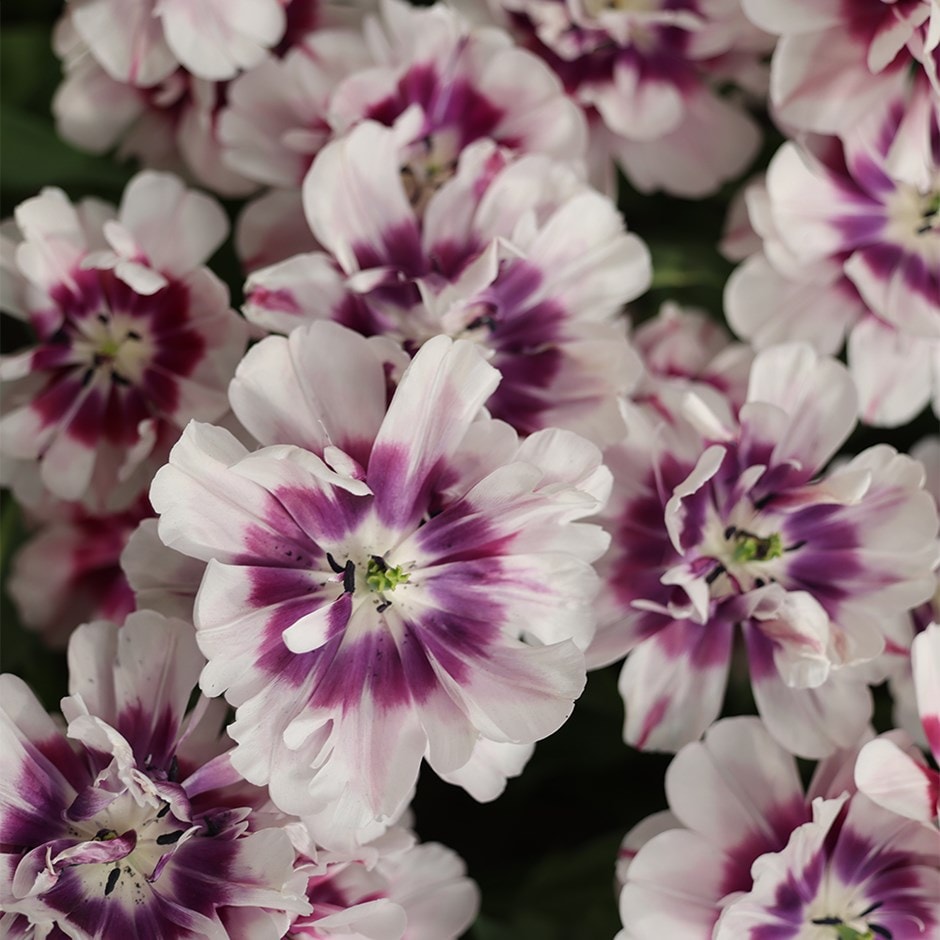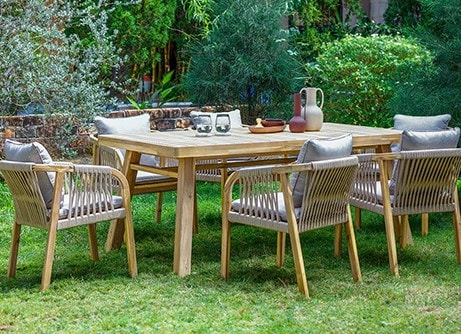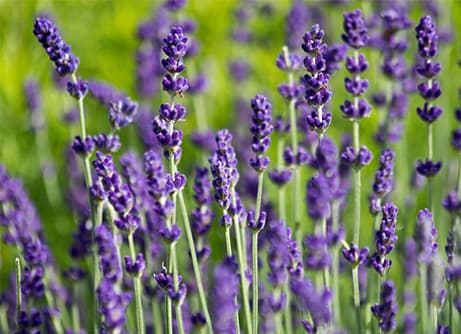
Releasing a delightful fragrance reminiscent of almonds and pistachios, this extraordinary double late tulip offers an uncommon sensory experience in spring gardens. The beautifully shaped, richly filled blooms showcase striking white petals dramatically accented by deep wine-red hearts and distinctive edges.
Tulipa 'Pistache' brings architectural interest and sophisticated colour contrast to borders and cottage gardens , and is perfect for cutting gardens whose large, shapely flowers create spectacular bouquets with their unique scent enhancing indoor arrangements.
Plant in autumn for spectacular spring displays, combining with complementary purples and creams for extended seasonal interest. Ideal for gardeners seeking low-maintenance yet high-impact specimens with the added bonus of delightful perfume.
Tulipa 'Pistache' brings architectural interest and sophisticated colour contrast to borders and cottage gardens , and is perfect for cutting gardens whose large, shapely flowers create spectacular bouquets with their unique scent enhancing indoor arrangements.
Plant in autumn for spectacular spring displays, combining with complementary purples and creams for extended seasonal interest. Ideal for gardeners seeking low-maintenance yet high-impact specimens with the added bonus of delightful perfume.
How to care for Tulipa Pistache:
Using fresh, good-quality compost, plant bulbs in pots from September to November. For borders, we advise waiting until after the first frosts (typically mid-October to early December depending on your location) to reduce the risk of potential disease such as Tulip Fire.
Plant bulbs 15-20cm (6-8in) deep and 10-15cm (4-6in) apart in fertile, well-drained soil. Alternatively, allow 7-9 bulbs per 30cm sq or 60-75 bulbs per m². If you’re unable to plant your bulbs immediately, they can be stored in a cool environment with good air circulation. Remove all the packaging and place them in a loose-weave jute sack before labelling and hanging up in a dry, unheated garden shed or well-ventilated greenhouse.
In spring, when the plants are in active growth, apply a high-potash fertiliser (like Tomorite) each week until the leaves start to die back. Pinch off the spent flower heads as the petals fall, and let the stem and foliage die back naturally. The bulbs can then be lifted and discarded, or cleaned, dried and stored (as before) for replanting the following autumn.
Plant bulbs 15-20cm (6-8in) deep and 10-15cm (4-6in) apart in fertile, well-drained soil. Alternatively, allow 7-9 bulbs per 30cm sq or 60-75 bulbs per m². If you’re unable to plant your bulbs immediately, they can be stored in a cool environment with good air circulation. Remove all the packaging and place them in a loose-weave jute sack before labelling and hanging up in a dry, unheated garden shed or well-ventilated greenhouse.
In spring, when the plants are in active growth, apply a high-potash fertiliser (like Tomorite) each week until the leaves start to die back. Pinch off the spent flower heads as the petals fall, and let the stem and foliage die back naturally. The bulbs can then be lifted and discarded, or cleaned, dried and stored (as before) for replanting the following autumn.
Flowering period:
- Jan
- Feb
- Mar
- Apr
- May
- Jun
- Jul
- Aug
- Sep
- Oct
- Nov
- Dec
Eventual height:
0.4m
Eventual spread:
0.15m
Position:
Full sun
Rate of growth:
Average
Soil:
Moderately fertile, moist but well-drained soil, or peat-free general purpose compost
Hardiness:
Fully hardy
-
This bulb dies back after flowering each year and enters a period of rest ahead of regrowth the following season.
-
Humans: Harmful if eaten; skin allergen; Pets: Ornamental bulbs - not to be eaten









